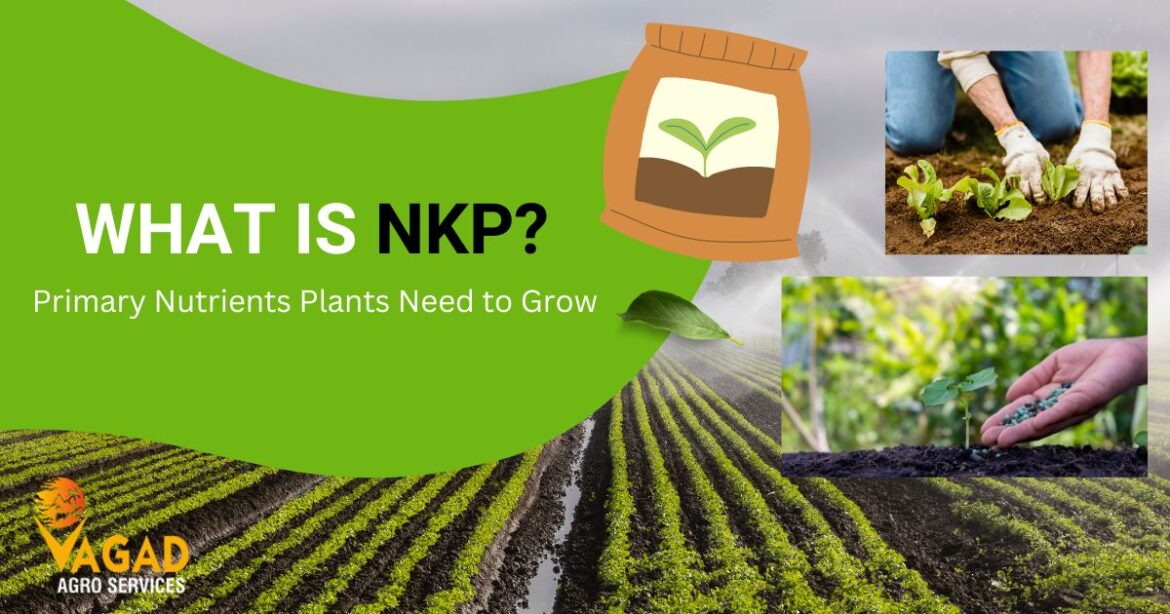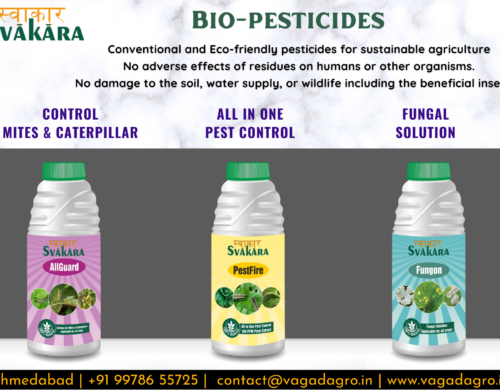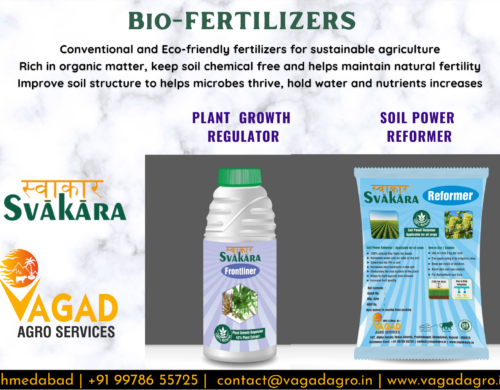
A fertilizer is a substance, either natural or man-made, that is used to provide essential nutrients to plants. It can be applied to the soil or directly to plant tissues. Fertilizers are different from substances like lime or other soil amendments that don’t provide nutrients. There are various sources of fertilizers, including natural ones found in nature and those produced by industries. In modern agriculture, the focus of fertilization is on three main nutrients that are crucial for plant growth know as NPK.
What is NPK?
NPK stands for Nitrogen, Phosphorus, and Potassium, which are three essential nutrients required for plant growth that farmers need to understand for successful plant growth. NPK is often referred to as the “primary macronutrients” because plants need these elements in relatively large quantities compared to other nutrients.
1. Nitrogen (N):
Nitrogen is a vital nutrient for plants as it helps in the production of proteins, which are essential for growth. It is also a key component of chlorophyll, the green pigment responsible for photosynthesis. Nitrogen promotes the development of leaves, stems, and branches, leading to lush and vigorous plant growth.
Farmers can identify nitrogen deficiency when plants exhibit slow growth, pale or yellowish leaves, and reduced overall health. Insufficient nitrogen levels can result in lower crop yields and increased vulnerability to pests and diseases.
2. Phosphorus (P):
Phosphorus plays a crucial role in energy transfer within plants and is involved in important metabolic processes. It supports root development, which is essential for nutrient uptake and water absorption. Phosphorus is also necessary for flower and fruit formation, contributing to higher crop yield and quality.
Farmers often apply phosphorus-based fertilizers during the early stages of plant growth to ensure robust root systems. Inadequate phosphorus levels can lead to stunted root growth, delayed maturity, and limited flowering and fruiting, affecting the overall productivity of the farm.
3. Potassium (K):
Potassium regulates water movement within plants and is involved in various cellular processes. It activates enzymes required for photosynthesis, carbohydrate metabolism, and protein synthesis. Potassium also enhances plant vigor and disease resistance while promoting strong stems.
Farmers value potassium for its ability to improve water and nutrient uptake, allowing crops to better withstand environmental stresses. Without sufficient potassium, plants may exhibit weak structure, increased susceptibility to diseases and pests, and reduced crop quality.
Maintaining a Balanced NPK Ratio
Farmers need to ensure a proper balance of nitrogen, phosphorus, and potassium for their specific crops. Soil testing helps determine nutrient levels, enabling farmers to make informed decisions about fertilizer application. The NPK ratio, represented by numbers on fertilizer packaging (e.g., 10-10-10 or 20-5-10), indicates the percentage of each nutrient in the product. Adjusting the application rates based on soil nutrient deficiencies and crop requirements is crucial.
By maintaining optimal NPK levels, farmers can promote healthy plant growth, improve crop yields, and enhance overall farm productivity. It’s important to remember that while NPK are essential, plants also require other nutrients like calcium, magnesium, sulfur, and micronutrients for balanced nutrition. Therefore, farmers should adopt a comprehensive approach to soil fertility management to ensure sustainable and successful farming practices.
There are several types of NPK fertilizers available in the market, each with a different composition of nitrogen (N), phosphorus (P), and potassium (K) to cater to specific plant nutrient requirements like:
Complete NPK Fertilizers: These fertilizers contain all three primary macronutrients in varying ratios, such as 10-10-10 or 20-10-10, indicating the percentage of nitrogen, phosphorus, and potassium, respectively suitable for general plant nutrition.
Balanced NPK Fertilizers: Balanced NPK fertilizers have an equal or nearly equal ratio of nitrogen, phosphorus, and potassium like 14-14-14 or 15-15-15 that providing balanced nutrition to a wide range of crops.
Nitrogen-Dominant NPK Fertilizers: These fertilizers have a higher percentage of nitrogen compared to phosphorus and potassium like 20-5-5 or 30-10-10 that are useful for promoting vegetative growth, particularly for crops that require lush foliage.
Phosphorus-Dominant NPK Fertilizers: Phosphorus-dominant fertilizers contain a higher percentage of phosphorus include ratios like 10-20-10 or 10-30-10, which is beneficial for promoting root development, flowering, and fruiting.
Potassium-Dominant NPK Fertilizers: These fertilizers have a higher percentage of potassium in ration like 5-10-20 or 0-0-50, which supports overall plant health, stress tolerance, and fruit quality.
Specialized NPK Fertilizers: Certain crops have specific nutrient requirements, and specialized NPK fertilizers are formulated to meet those needs like for acid-loving plants, palm trees, citrus trees, or specific vegetables.
NPK Fertilizer Required by Plant Types
Different plants have varying nutrient requirements, and the ideal NPK fertilizer ratio can depend on the specific plant type or category. Here is a detailed breakdown of NPK fertilizer ratios required by different plant types:
Leafy Green Vegetables
Leafy green vegetables, like lettuce, spinach, and kale, love nitrogen (N) because it helps them grow lots of lush leaves. They need a fertilizer ratio with a higher number for nitrogen, like 3:1:2. For example, a fertilizer with the ratio 15-5-10 or 20-6-12 would work well. This means there is more nitrogen compared to phosphorus (P) and potassium (K), which supports leafy growth while still providing essential nutrients for root development and overall plant health.
Fruiting Vegetables
Fruiting vegetables, such as tomatoes, peppers, and cucumbers, need more phosphorus (P) and potassium (K) to help them produce lots of flowers and delicious fruits. They require a fertilizer ratio with a lower nitrogen (N) number compared to phosphorus and potassium. A good ratio is around 1:2:2, like 5-10-10 or 10-20-20. This ensures a balanced supply of phosphorus and potassium for flowering, fruit development, and healthy plants, while preventing excessive leafy growth.
Root Vegetables
Root vegetables, like carrots, beets, and radishes, put their energy into growing strong and healthy roots. They benefit from a balanced supply of all three nutrients: nitrogen (N), phosphorus (P), and potassium (K). A recommended fertilizer ratio is around 1:2:2 or 1:3:3, such as 10-20-20 or 15-30-30. This means the numbers for phosphorus and potassium are higher, providing the necessary nutrients for robust root growth and nutrient storage, while maintaining a moderate nitrogen level for overall plant health.
Flowering Plants
Flowering plants, such as ornamental flowers, roses, and flowering shrubs, need a well-balanced nutrient supply to support healthy growth and beautiful blooms. A good fertilizer ratio for flowering plants is around 1:1:1 or 1:2:2, like 10-10-10 or 10-20-20. This means all three nutrients – nitrogen (N), phosphorus (P), and potassium (K) – are provided in similar proportions. This balanced ratio supports proper vegetative growth, strong root systems, and abundant and vibrant flowering.
Fruit Trees
Fruit trees, like apple, citrus, and peach trees, have changing nutrient needs as they grow and bear fruit. During the early stages of growth, they benefit from higher phosphorus (P) levels to establish strong roots and develop into healthy trees. A recommended fertilizer ratio for young fruit trees is around 1:2:1, like 10-20-10 or 12-24-12. As the trees mature and start producing fruits, a balanced NPK ratio of 1:1:1 or 1:2:2 is suitable. This supports overall tree health, fruit production, and fruit quality.
Source of Bio NPK Fertilizer
Bio NPK fertilizers can be made from different sources that are natural and environmentally friendly.
Common sources of bio NPK fertilizers are:
Plants:
Bio NPK fertilizers can be created from plant materials like compost, crop leftovers, and plant extracts. These materials contain nutrients like nitrogen (N), phosphorus (P), and potassium (K) that are important for plant growth. By processing these plant materials, we can make biofertilizers that slowly release nutrients into the soil, helping plants grow better.
Animals:
Waste products from animals, such as manure, bone meal, and fish emulsion, can be used to produce bio NPK fertilizers. Animal waste is rich in nutrients like nitrogen and other important elements. When treated and turned into compost, it becomes a valuable source of biofertilizer that improves soil fertility and provides a gradual release of NPK nutrients.
Helpful Microorganisms:
Certain tiny organisms can convert nitrogen from the air into a form that plants can use. Biofertilizers containing these special bacteria, like Rhizobium, Azotobacter, and Azospirillum, help add nitrogen to the soil. These bacteria form a partnership with plants and help them get the nitrogen they need to grow well.
Natural Minerals:
Some bio NPK fertilizers come from minerals that are naturally rich in nutrients. For example, rock phosphate is a mineral that contains phosphorus. It can be ground into a powder and used as a biofertilizer. Similarly, certain minerals rich in potassium can be processed and used as biofertilizers to provide plants with potassium nutrients.
Bio-waste Products:
Waste materials from farming, food processing, and bioenergy production can also be turned into bio NPK fertilizers. By using special techniques, these waste products can be transformed into nutrient-rich fertilizers, reducing waste and helping plants grow better.
How Bio NPK Fertilizer Work?
Biofertilizers also can provide NPK (nitrogen, phosphorus, and potassium) for plants. Biofertilizers are products that contain beneficial microorganisms, such as bacteria, fungi, or algae, which interact with plants and the soil ecosystem to enhance nutrient availability and plant growth.
Nitrogen (N) Biofertilizers: Biofertilizers contain special bacteria that help plants get nitrogen from the air. These bacteria, like Rhizobium, Azotobacter, and Azospirillum, form a partnership with plants. They live in the roots of legume plants, such as peas and beans, or in the soil around other plants. These bacteria have the amazing ability to take nitrogen gas from the air and convert it into a form that plants can use. This process is called nitrogen fixation. By having these bacteria in the soil or on the roots, plants can get a good supply of nitrogen without relying on synthetic fertilizers.
Phosphorus (P) Biofertilizers: Phosphorus is an essential nutrient for plant growth, and biofertilizers can help plants get more phosphorus from the soil. Some special bacteria, like those from the Bacillus and Pseudomonas families, are used as biofertilizers. These bacteria have the power to break down the phosphorus that is locked up in the soil, making it easier for plants to absorb. By releasing phosphorus from organic and inorganic sources in the soil, these bacteria make sure that plants have enough phosphorus for healthy growth.
Potassium (K) Biofertilizers: Biofertilizers can also help plants get more potassium, an important nutrient for their overall health. Certain fungi and bacteria, such as those found in the Aspergillus, Bacillus, and Pseudomonas groups, are used as biofertilizers for potassium. These microorganisms have the ability to break down potassium-rich minerals in the soil. As they break down these minerals, they release potassium in a form that plants can absorb and use. This helps plants get the potassium they need for strong roots, disease resistance, and better fruit quality.
Biofertilizers are beneficial because they promote environmentally friendly farming practices and improve soil health. They reduce the reliance on synthetic fertilizers and contribute to sustainable agriculture. However, it’s important to note that biofertilizers may not provide high concentrations of NPK compared to synthetic fertilizers. Therefore, they are often used in combination with other organic or inorganic fertilizers to meet the specific nutrient needs of crops.
Kalpesh Pathak
Related Posts

Bio-Pesticides Types, Advantages and Usage
What is Biopesticide? The micro-organism is used in pest control, weed control, and disease control. The use of Microorganism in Insect...

Types of Biofertilizers, Advantages and Usages
In today's era, increasing agricultural productivity is like a challenge. This is also a big problem for agricultural scientists. Farmers use...
